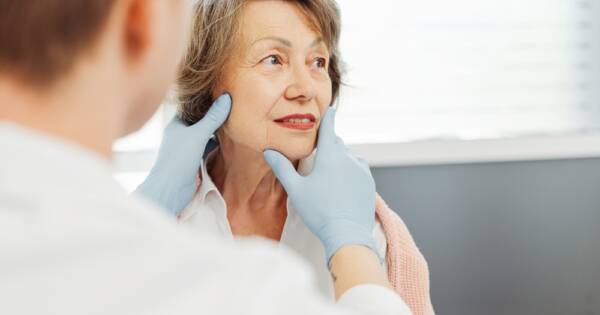Genital psoriasis is a challenging condition that can significantly impact a person’s quality of life. This article will explore the causes of genital psoriasis and discuss effective treatment options to manage this condition. By understanding the root causes and available treatments, individuals can better cope with genital psoriasis and improve their overall well-being.
Causes of Genital Psoriasis
Genital psoriasis is caused by an overactive immune system that speeds up the growth cycle of skin cells. Unlike other forms of psoriasis, this type presents unique challenges due to the sensitive nature of the affected area. Factors like stress, infections, and hormonal changes might trigger or exacerbate symptoms.
Genetics also play a role, as those with a family history of psoriasis may be more susceptible. Environmental triggers, such as friction from clothing, can contribute to flare-ups. Understanding these causes is essential for identifying and managing personal triggers effectively.
Symptoms to Recognize
Symptoms of genital psoriasis may vary, but common indicators include red patches with silver scales, itching, and discomfort. In some cases, areas become more inflamed or develop cracks due to the delicate skin involved. Unlike other psoriasis types, scaling might be less pronounced in the genital region.
The condition can affect various parts of the genital area, including the pubic region, upper thighs, and skin folds. Recognizing these symptoms early allows for timely intervention and targeted treatment, minimizing discomfort and potential complications.
Diagnosis and Consultation
For those suspecting genital psoriasis, a consultation with a healthcare professional or dermatologist is crucial. Diagnosis typically involves a physical examination and a review of medical history. In some cases, a skin biopsy may be needed to confirm the diagnosis.
Open communication with your healthcare provider about symptoms and triggers aids in formulating a personalized treatment plan. Understanding the condition and its impact assists healthcare professionals in providing the most effective care and support.
Topical Treatments
Topical treatments are often the first line of defense in managing genital psoriasis. Corticosteroid creams and ointments can reduce inflammation and itching, providing symptomatic relief. These treatments should be used cautiously and under medical guidance to avoid potential side effects, especially in sensitive areas.
Other options include vitamin D analogs and calcineurin inhibitors, which may offer benefits with fewer risks of skin thinning. Moisturizers and emollients can help maintain skin hydration and protect against irritation. Exploring topical treatments allows individuals to find options that best suit their needs.
Systemic Treatments
In more severe cases, systemic treatments might be considered. These include oral medications or biologic injections that target the immune system to reduce inflammation. Systemic treatments are usually reserved for those who don’t respond to topical therapies or have widespread psoriasis.
It’s essential to work closely with healthcare providers to weigh the benefits and potential risks of systemic treatments. Monitoring and follow-up appointments aid in assessing responses and adjusting therapies as needed. Systemic treatments provide additional options for managing the condition when necessary.
Lifestyle and Self-Care
Lifestyle modifications and self-care play a vital role in managing genital psoriasis. Wearing loose, breathable fabrics reduces friction and irritation. Practicing good hygiene and avoiding harsh soaps can prevent further exacerbation.
Stress management through techniques like meditation or yoga might help reduce flare-ups linked to emotional triggers. Maintaining a healthy diet and staying hydrated support overall skin health. Integrating lifestyle changes and self-care practices fosters a holistic approach to managing symptoms and enhancing well-being.
Exploring Alternative Therapies
Some individuals explore alternative therapies to complement traditional treatment plans. Options may include phototherapy, where controlled ultraviolet light exposure helps reduce symptoms, or herbal remedies that soothe irritation. Acupuncture and mindfulness practices might also offer relief for some.
It’s important to consult with healthcare providers before incorporating alternative therapies to ensure they’re safe and appropriate for your specific condition. By considering diverse treatment options, individuals can tailor approaches to achieve optimal comfort and symptom control.
Navigating Care with Confidence
Understanding genital psoriasis involves recognizing symptoms, seeking professional diagnosis, and exploring effective treatments tailored to individual needs. By considering topical, systemic, and alternative therapies, and embracing lifestyle modifications, individuals can manage symptoms and improve their quality of life.
Open communication with healthcare providers and a proactive approach fosters empowerment and informed decision-making. Prioritizing care and adopting a comprehensive strategy enables individuals to navigate living with genital psoriasis confidently and comfortably.





